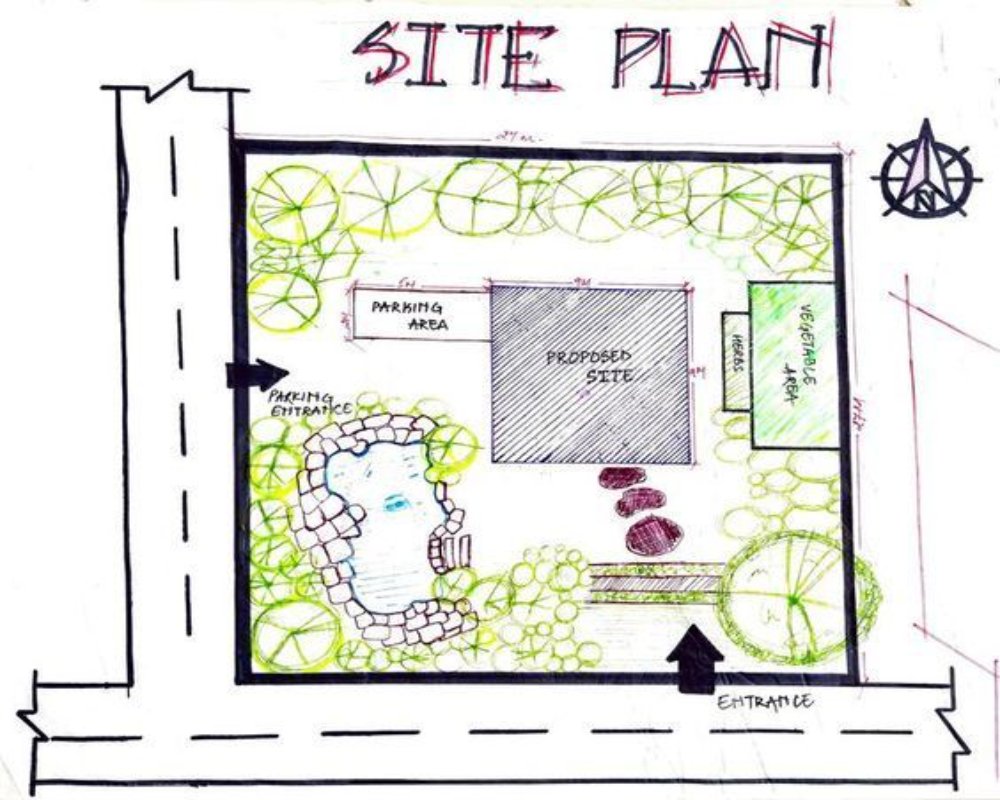Introduction
The concept of highest and best use is a cornerstone of real estate valuation, land development strategy, and urban planning. In the context of site planning, it refers to the most profitable, legally permissible, physically possible, and financially feasible use of a property that results in its highest value. It is not merely about what can be built on a piece of land, but what should be built to maximize both economic return and functional contribution to the surrounding environment. Understanding and applying highest and best use principles is essential for guiding land use decisions, optimizing design layouts, and aligning development goals with market demand and regulatory frameworks.
Understanding the Principle of Highest and Best Use
Highest and best use is determined through a comprehensive evaluation of four critical criteria:
- Legally Permissible – The proposed use must comply with zoning regulations, land use policies, environmental restrictions, and other legal constraints. If not already allowed, the use must be reasonably attainable through rezoning or variance.
- Physically Possible – The site must be physically capable of supporting the use. Factors such as size, shape, topography, soil condition, accessibility, and existing infrastructure are examined to ensure development feasibility.
- Financially Feasible – The use must be capable of producing a return that justifies the cost of development. Market demand, construction costs, rental income potential, and absorption rates are analyzed to confirm profitability.
- Maximally Productive – Among all possible, legal, and financially viable options, the use must generate the highest land value or net return.
Only when all four of these conditions are satisfied can a use be classified as the site’s highest and best use.
Role of Highest and Best Use in Site Planning
In site planning, determining the highest and best use provides the foundation for all design and development decisions. It influences the selection of land uses (residential, commercial, industrial, mixed-use), the scale and intensity of development, building orientation, access points, open space requirements, and integration with surrounding land uses.
For instance, a site located near a public transit hub and a growing business district may have its highest and best use as a high-density mixed-use development, even if it is currently used for surface parking. Similarly, a large parcel in a suburban neighborhood may be most valuable as a multifamily residential community, depending on market needs and zoning allowances.
Through highest and best use analysis, planners can balance site-specific opportunities with broader community needs and regulatory expectations. It ensures that the land is not underused (e.g., building single-family homes where higher density is permitted) or overused (e.g., proposing a large commercial complex where infrastructure cannot support it).
Impact on Property Value and Investment Strategy
Accurate identification of highest and best use has a direct impact on land valuation. Investors and developers rely on this principle to determine whether a property is worth acquiring, what kind of project to propose, and how much capital to commit. A site’s potential to accommodate a more valuable use than its current function often presents an opportunity for redevelopment or repositioning.
For example, a single-story warehouse in a now-thriving urban corridor may be significantly undervalued relative to its potential as an office or residential tower. In such cases, realizing the highest and best use can unlock hidden value, drive appreciation, and justify strategic investments in infrastructure or entitlement processes.
Adaptability and Market Sensitivity
Highest and best use is not a static concept. As market dynamics, regulatory conditions, and community needs evolve, so too can the optimal use of a site. A location that once had its highest use as industrial may later transition to residential or commercial due to shifts in urban growth, transportation networks, or economic trends. Therefore, site planning must remain adaptive and responsive, with periodic reassessments to ensure that planning strategies continue to reflect the most beneficial and sustainable land use options.
Conclusion
The highest and best use principle is a guiding force in site planning, ensuring that land is developed in a way that is legally compliant, physically appropriate, financially viable, and economically maximized. It provides a structured framework for evaluating potential uses, guiding investment decisions, and aligning development goals with both market realities and community objectives. By incorporating highest and best use analysis early and consistently in the planning process, stakeholders can unlock the full value of land assets, foster responsible growth, and contribute to the creation of more efficient, dynamic, and livable urban environments.
Hashtags
#SitePlanning #HighestAndBestUse #UrbanPlanning #LandUse #RealEstateDevelopment #Zoning #SustainableDesign #CommunityPlanning #PropertyValuation #SiteAnalysis #DevelopmentStrategy #LandDevelopment #PlanningForGrowth #SmartGrowth #EnvironmentalImpact #InfrastructurePlanning #RealEstateInvestment #SiteOptimization #PlanningProfessionals #FutureOfUrbanism


